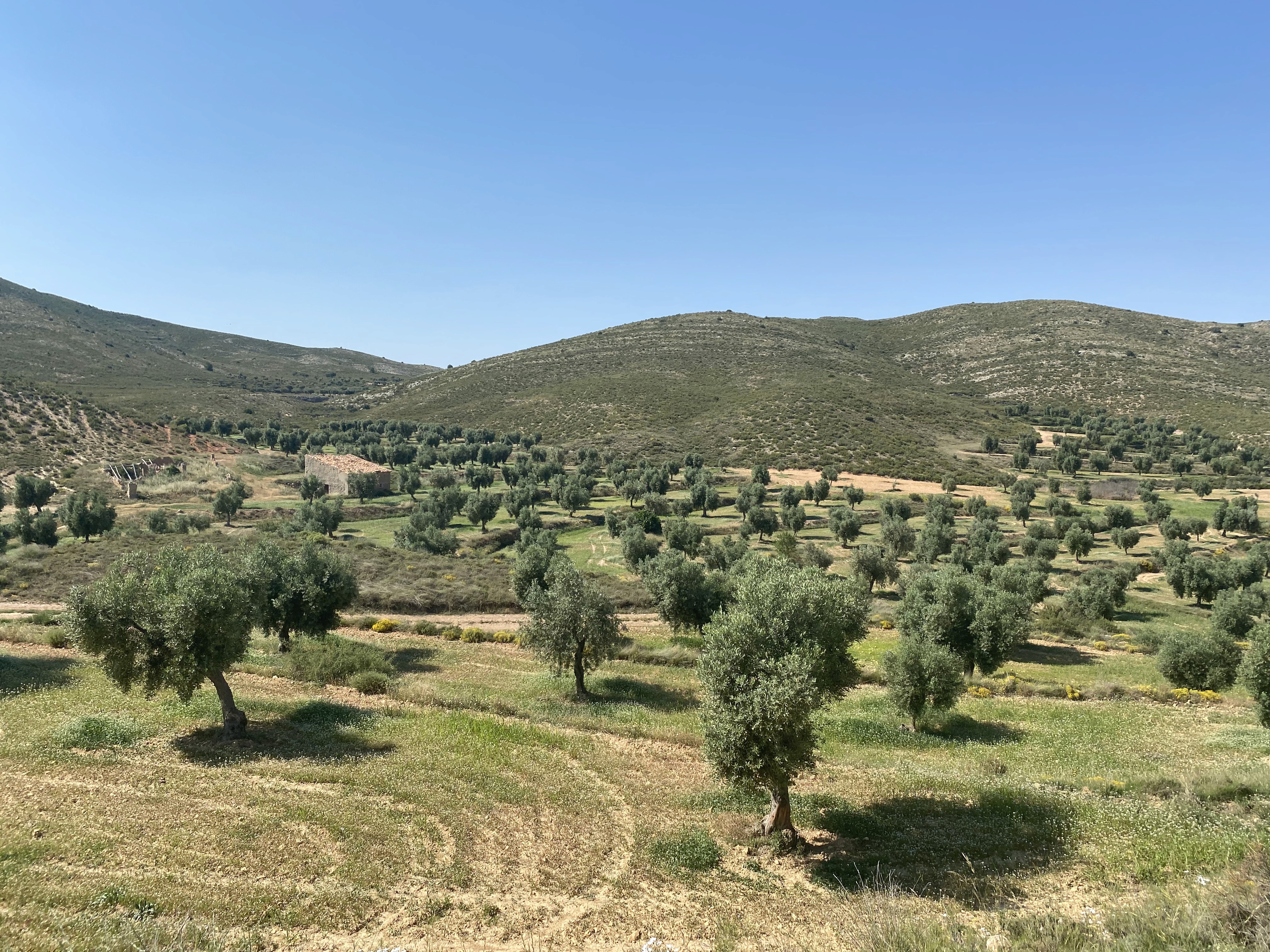Regenerative tourism
Regenerative tourism
FITUR 2024 Edition - Keys and solutions for territorial revitalization
FITUR 2024 Edition - Keys and solutions for territorial revitalization
7 de febrero de 2024
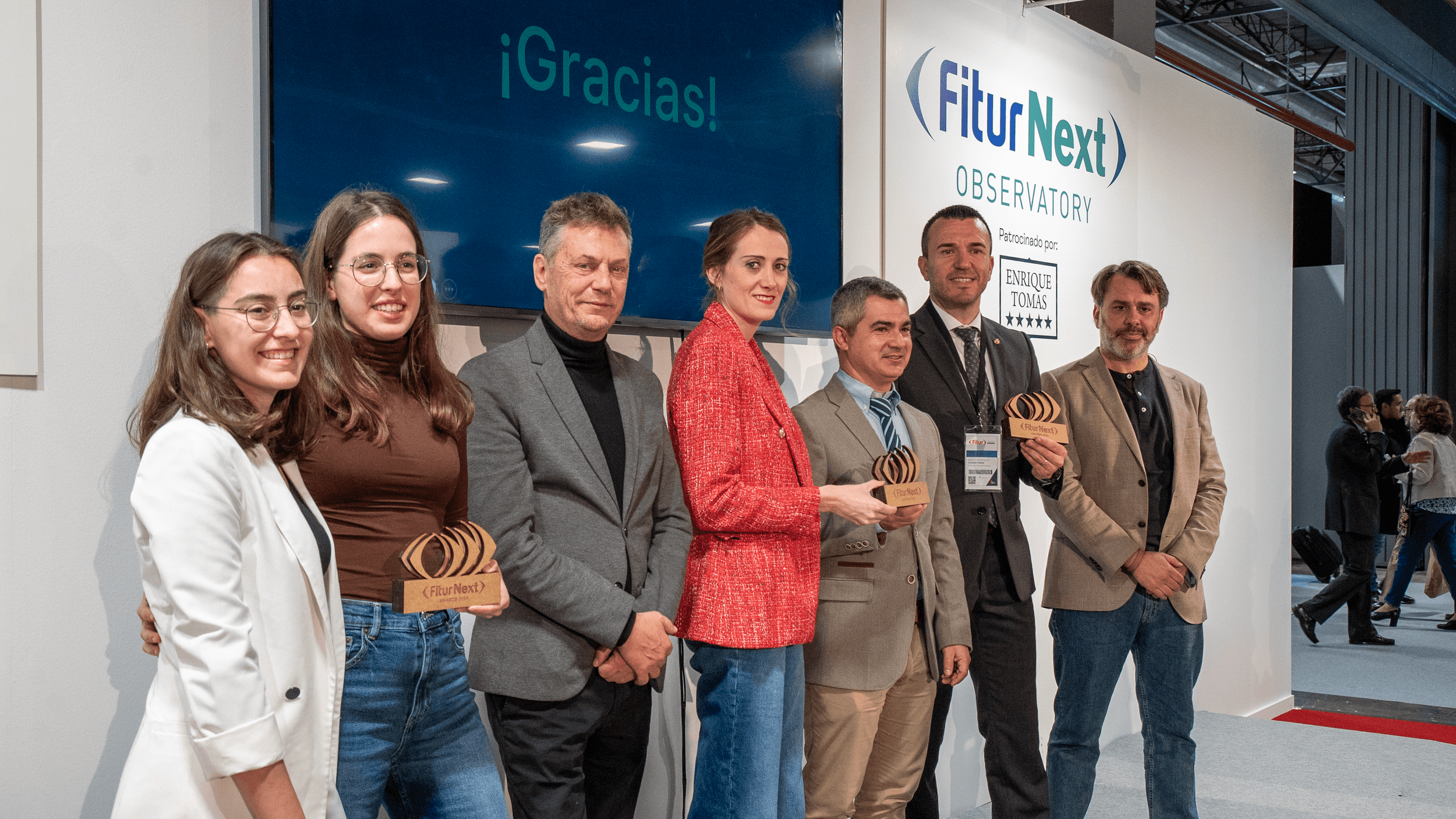

By Sandra Campos, a consultant specialising in tourism. (Original publication in Spanish)
FiturNext, the Observatory of FITUR for the promotion of good sustainable tourism practices sponsored by Enrique Tomás, has closed its fifth edition dedicated to how tourism can contribute to territorial revitalisation. It has done so after an extensive programme of talks, presentations and round tables with public authorities, initiatives, and experts on the topic. More than 600 people attended the more than 20 dialogues where there was a common reflection: territories at risk of depopulation can have great tourism potential and this potential can be a formula for territorial revitalisation.
Among the speakers and topics presented, the participation of various political authorities stood out, such as Francesc Boya Alós, Secretary General for the Demographic Challenge, Rubén Torres, Delegate for Toledo of the Commissioner for the Demographic Challenge of Castilla la Mancha, and Juan Gonzáles Mellizo, head of communication for the Representation of the European Commission in Spain. They focused on the importance of implementing public policies with a depopulation perspective, as well as the capacity for replicability, a concept tied to the DNA of the Observatory, as a tool for expanding the positive impact of tourism.
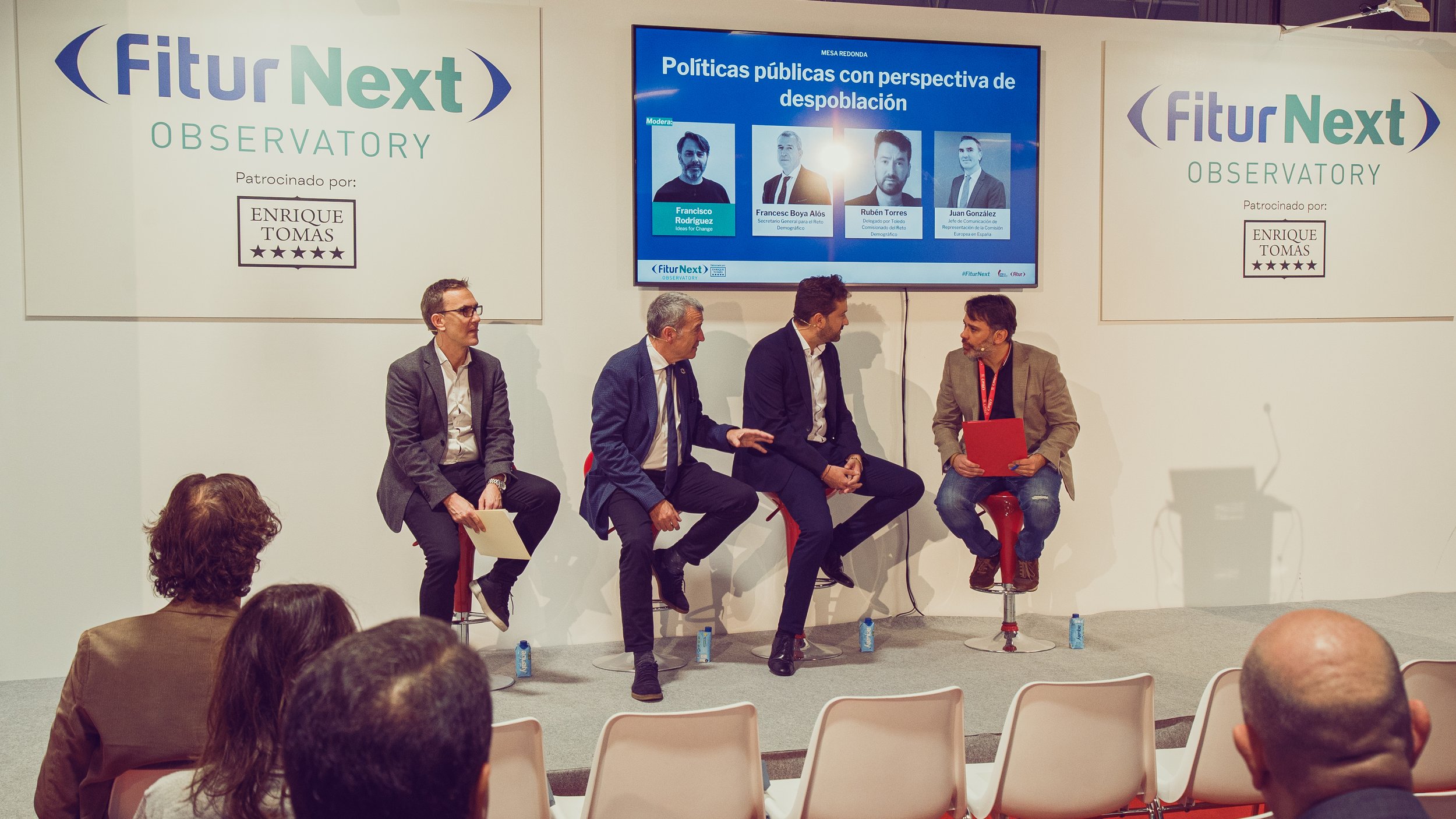
Also participating were other significant entities in the sector, such as UN Tourism (formerly UNWTO), alongside Antonio López de Ávila and the project Best Tourism Villages. Segittur, through the participation of its president Enrique Martínez Marín, or Turespaña along with the Spanish Film Commission, featuring Blanca Pérez Sauquillo, and Juan Manuel Guimeráns, respectively, discussed the capacity of the film industry as a tourist attraction and revitalisation tool for territories.
During the first three days, the different speakers in this edition reflected a shared outlook on the promotion of depopulated destinations for the safeguarding of their historical and cultural heritage, helping to halt depopulation. Among the key points raised during the different sessions, connectivity stood out as a tool for attracting new travellers and increasing alliances between destinations, culture as a pivotal axis for valuing territories and their local communities, and the authenticity of the experiences that these destinations can offer. All this contributes to sustainable tourism, aligned with local values, as well as creating opportunities for new residents, positioning tourism as a vehicle to alleviate depopulation.
Read more about FiturNext 2024
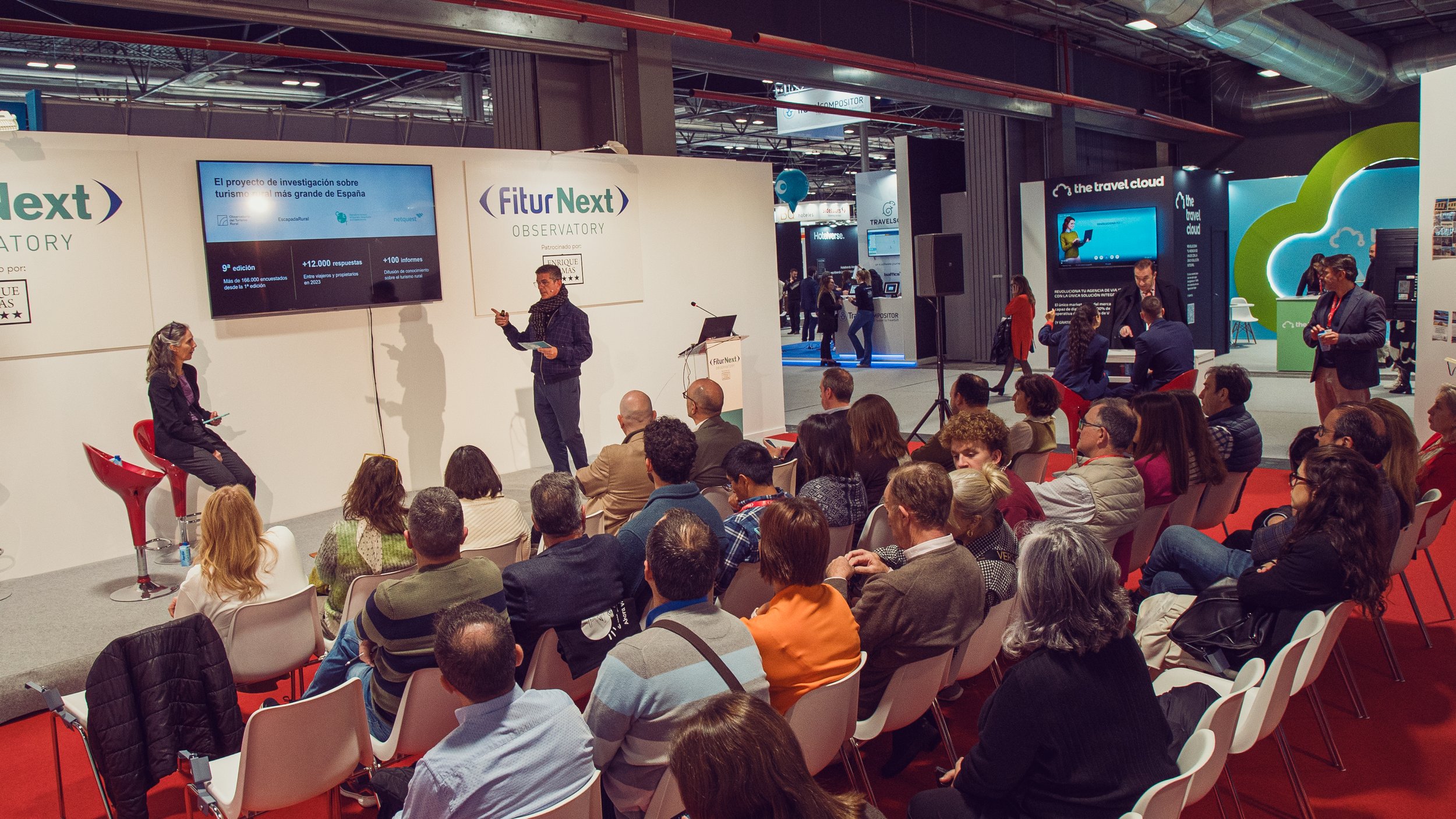
University Saturday: Smart Tourism Hub
The fourth day of the Observatory at FITUR was dedicated to the future professionals of the sector. Over 40 students from various Spanish and international universities gathered at the FiturNext stand at FITUR with a common purpose: to participate in the second edition of the Smart Tourism Hub to delve into the creation of future scenarios that contribute to solving the major current and future challenges during an inspiring workshop lasting nearly 3 hours.
These students, accompanied by some professors, came from national universities such as Rey Juan Carlos University, Autonomous University of Madrid, Complutense University, or Vatel School Madrid; as well as from international European institutions, such as NHL Stenden University in the Netherlands or Savoie Mont Blanc University in France.
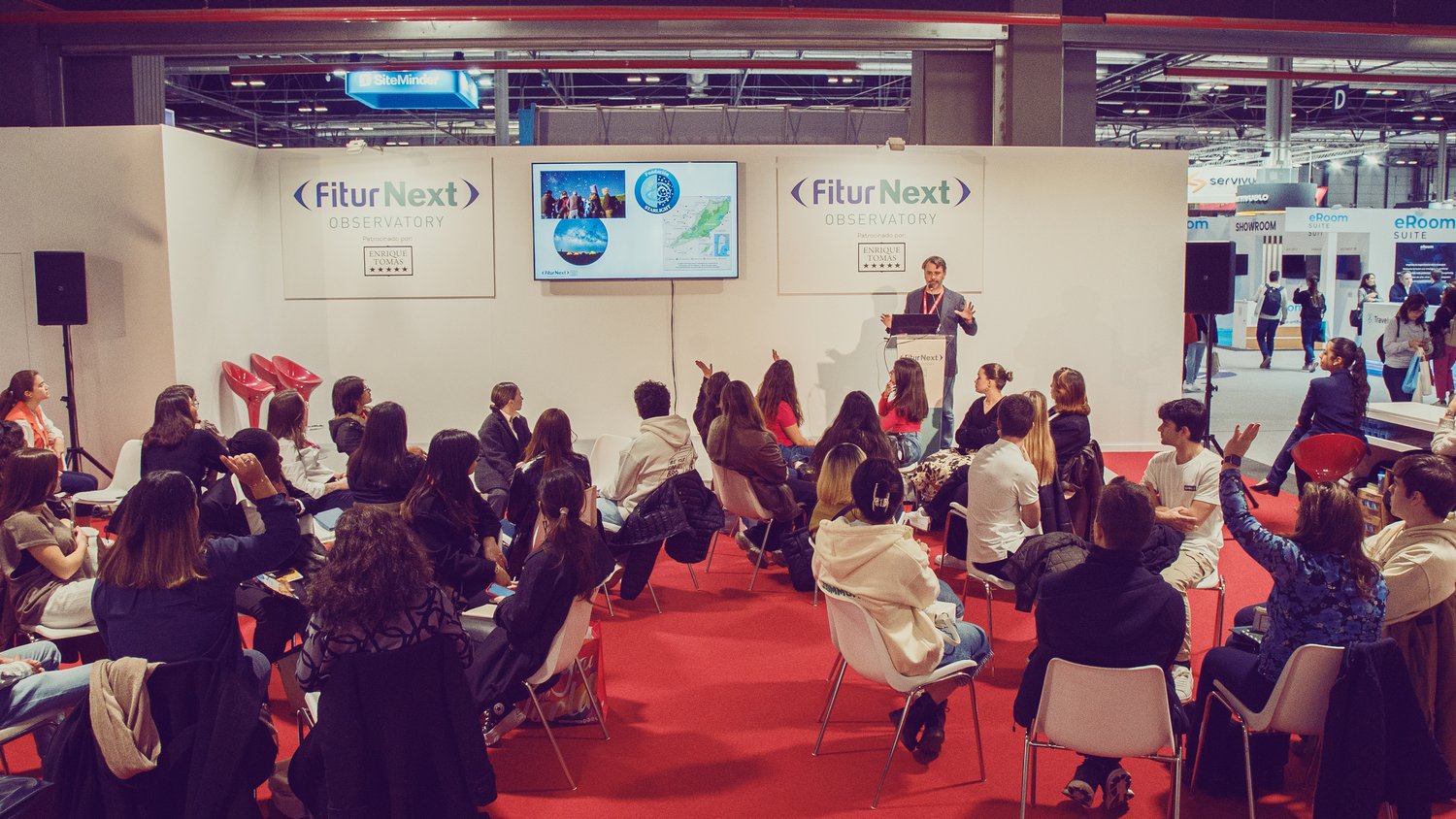
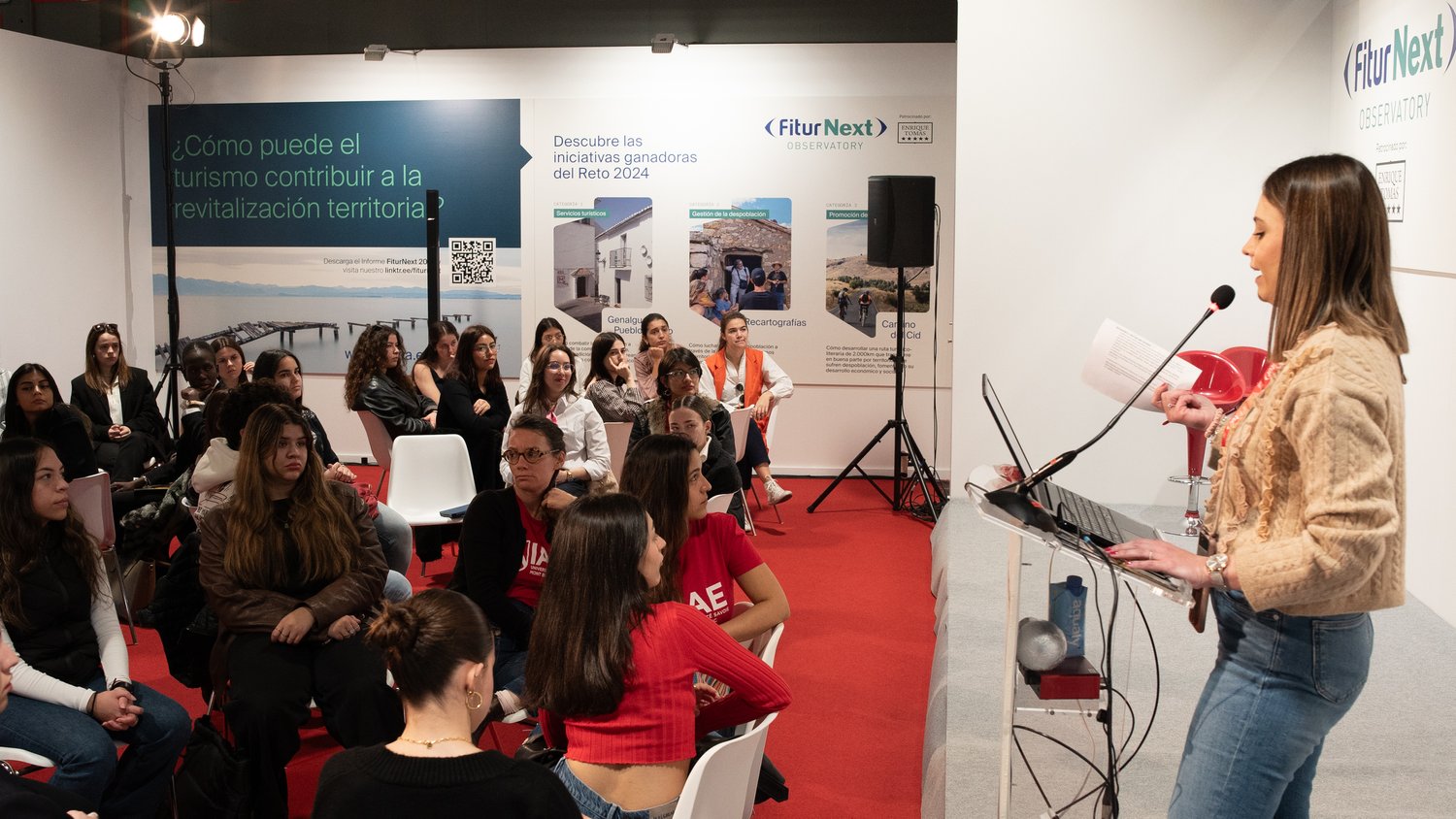
For this Smart Tourism Hub, 5 future scenarios were established: Tik Tok as the new travel agent, Metaverse Destination, Barrier-Free Tourism, Purposeful Travel, and Tourism and Depopulation. In this way, the students were divided into 5 groups, one for each scenario.
The objective was simple: to create based on these tourism scenarios, looking ten years ahead, a future with a positive impact that enhances people's lives through the Pentagrowth methodology from Ideas for Change.
Two basic rules were established: make the most of the time as a team and have fun.
The results were presented at the end of the session, in front of all the peers, with the aim of sharing the created value.
Building Cool Futures
The process based on Pentagrowth consists of four sequential phases of teamwork:
1st. Think from tomorrow: propose the #CoolFuture.
2nd. Discover the internal potential, the resources already available that will support that #CoolFuture.
3rd. Explore the external potential, the forthcoming resources that will drive it.
4th. Combine to create impact. Connect the different resources in various ways to maximize impact.
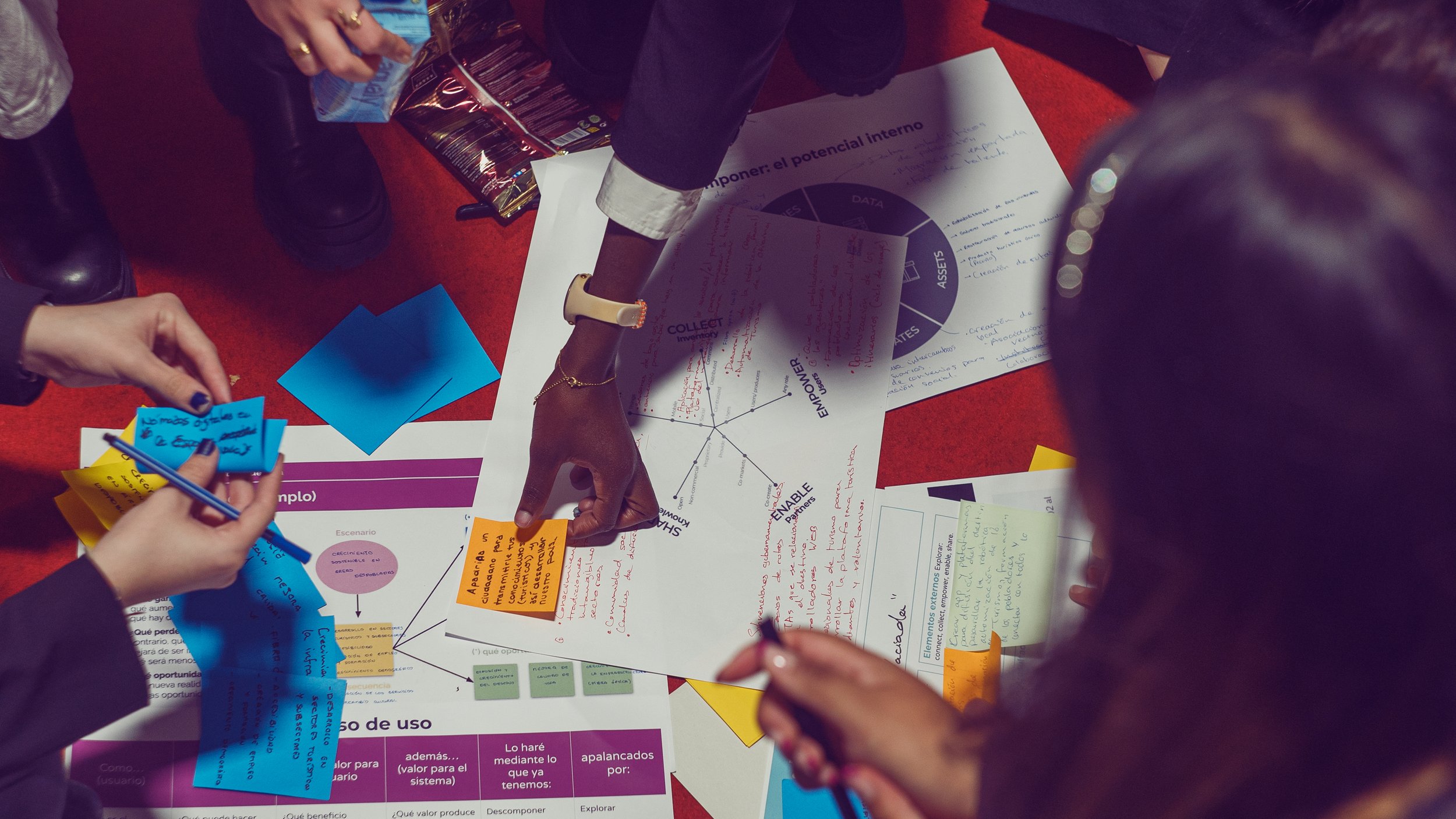
3,2,1,.. year 2034 FITURNews! (presentations)
Each of the team-scenarios had a few minutes to present and defend their #CoolFuture. For this, they could unleash their imagination: roleplay, performances, or interviews among their peers were some of the most used creative formulas.
Among the futures created, there was a notable desire to formulate a more socially committed tourism, bringing tourist activities closer to all people. Tourism to share moments with elderly people, solutions to promote tourism on social media for people with disabilities, or the creation of real tourism destinations in the metaverse to combat loneliness were some of the future positive impacts built.
With reflections to design better and responsible tourism, FiturNext closed a successful edition with consolidated attendance. See you next year, soon you will have news of the 2025 edition ;)
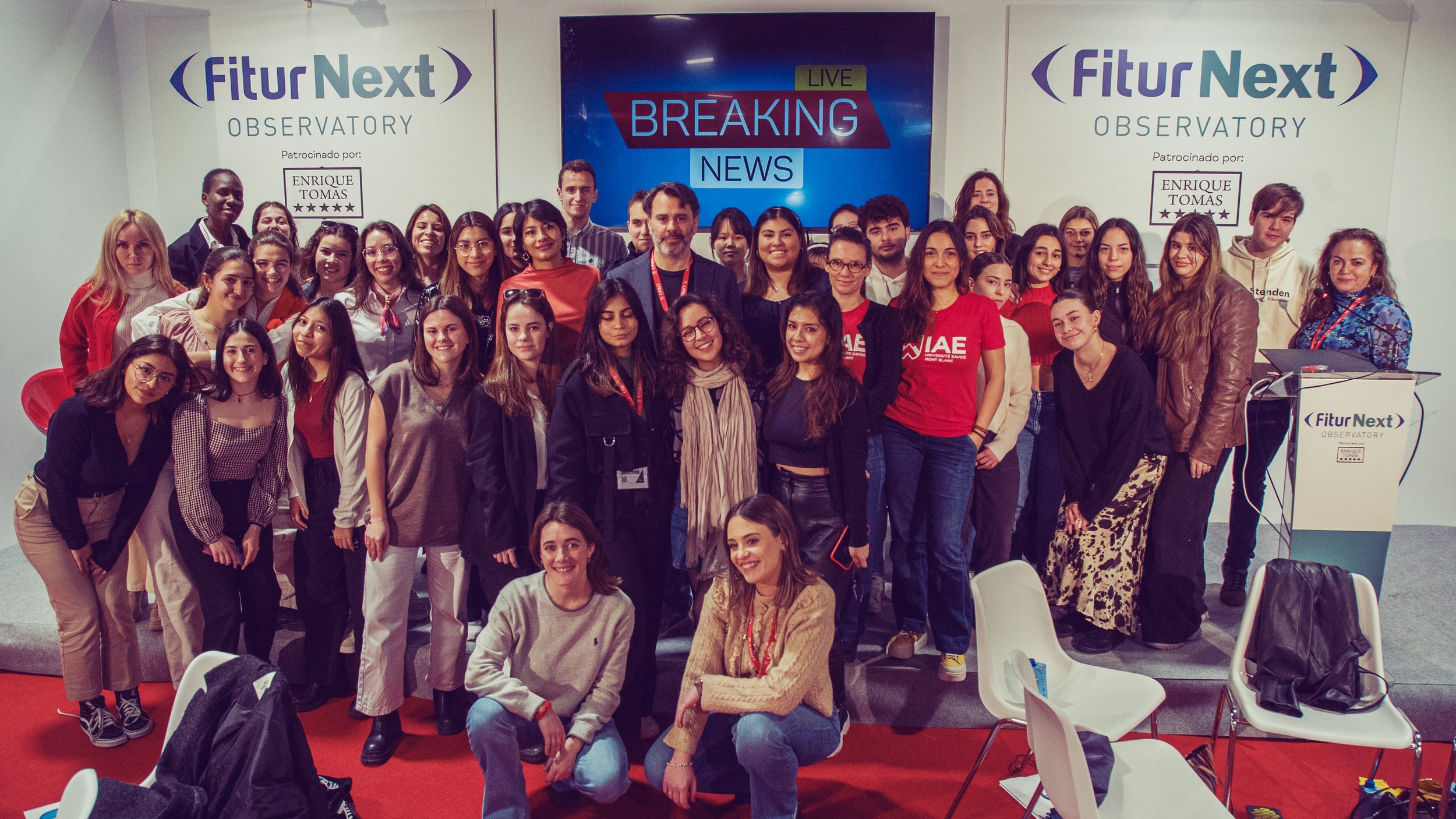
By Sandra Campos, a consultant specialising in tourism. (Original publication in Spanish)
FiturNext, the Observatory of FITUR for the promotion of good sustainable tourism practices sponsored by Enrique Tomás, has closed its fifth edition dedicated to how tourism can contribute to territorial revitalisation. It has done so after an extensive programme of talks, presentations and round tables with public authorities, initiatives, and experts on the topic. More than 600 people attended the more than 20 dialogues where there was a common reflection: territories at risk of depopulation can have great tourism potential and this potential can be a formula for territorial revitalisation.
Among the speakers and topics presented, the participation of various political authorities stood out, such as Francesc Boya Alós, Secretary General for the Demographic Challenge, Rubén Torres, Delegate for Toledo of the Commissioner for the Demographic Challenge of Castilla la Mancha, and Juan Gonzáles Mellizo, head of communication for the Representation of the European Commission in Spain. They focused on the importance of implementing public policies with a depopulation perspective, as well as the capacity for replicability, a concept tied to the DNA of the Observatory, as a tool for expanding the positive impact of tourism.

Also participating were other significant entities in the sector, such as UN Tourism (formerly UNWTO), alongside Antonio López de Ávila and the project Best Tourism Villages. Segittur, through the participation of its president Enrique Martínez Marín, or Turespaña along with the Spanish Film Commission, featuring Blanca Pérez Sauquillo, and Juan Manuel Guimeráns, respectively, discussed the capacity of the film industry as a tourist attraction and revitalisation tool for territories.
During the first three days, the different speakers in this edition reflected a shared outlook on the promotion of depopulated destinations for the safeguarding of their historical and cultural heritage, helping to halt depopulation. Among the key points raised during the different sessions, connectivity stood out as a tool for attracting new travellers and increasing alliances between destinations, culture as a pivotal axis for valuing territories and their local communities, and the authenticity of the experiences that these destinations can offer. All this contributes to sustainable tourism, aligned with local values, as well as creating opportunities for new residents, positioning tourism as a vehicle to alleviate depopulation.
Read more about FiturNext 2024

University Saturday: Smart Tourism Hub
The fourth day of the Observatory at FITUR was dedicated to the future professionals of the sector. Over 40 students from various Spanish and international universities gathered at the FiturNext stand at FITUR with a common purpose: to participate in the second edition of the Smart Tourism Hub to delve into the creation of future scenarios that contribute to solving the major current and future challenges during an inspiring workshop lasting nearly 3 hours.
These students, accompanied by some professors, came from national universities such as Rey Juan Carlos University, Autonomous University of Madrid, Complutense University, or Vatel School Madrid; as well as from international European institutions, such as NHL Stenden University in the Netherlands or Savoie Mont Blanc University in France.


For this Smart Tourism Hub, 5 future scenarios were established: Tik Tok as the new travel agent, Metaverse Destination, Barrier-Free Tourism, Purposeful Travel, and Tourism and Depopulation. In this way, the students were divided into 5 groups, one for each scenario.
The objective was simple: to create based on these tourism scenarios, looking ten years ahead, a future with a positive impact that enhances people's lives through the Pentagrowth methodology from Ideas for Change.
Two basic rules were established: make the most of the time as a team and have fun.
The results were presented at the end of the session, in front of all the peers, with the aim of sharing the created value.
Building Cool Futures
The process based on Pentagrowth consists of four sequential phases of teamwork:
1st. Think from tomorrow: propose the #CoolFuture.
2nd. Discover the internal potential, the resources already available that will support that #CoolFuture.
3rd. Explore the external potential, the forthcoming resources that will drive it.
4th. Combine to create impact. Connect the different resources in various ways to maximize impact.

3,2,1,.. year 2034 FITURNews! (presentations)
Each of the team-scenarios had a few minutes to present and defend their #CoolFuture. For this, they could unleash their imagination: roleplay, performances, or interviews among their peers were some of the most used creative formulas.
Among the futures created, there was a notable desire to formulate a more socially committed tourism, bringing tourist activities closer to all people. Tourism to share moments with elderly people, solutions to promote tourism on social media for people with disabilities, or the creation of real tourism destinations in the metaverse to combat loneliness were some of the future positive impacts built.
With reflections to design better and responsible tourism, FiturNext closed a successful edition with consolidated attendance. See you next year, soon you will have news of the 2025 edition ;)



